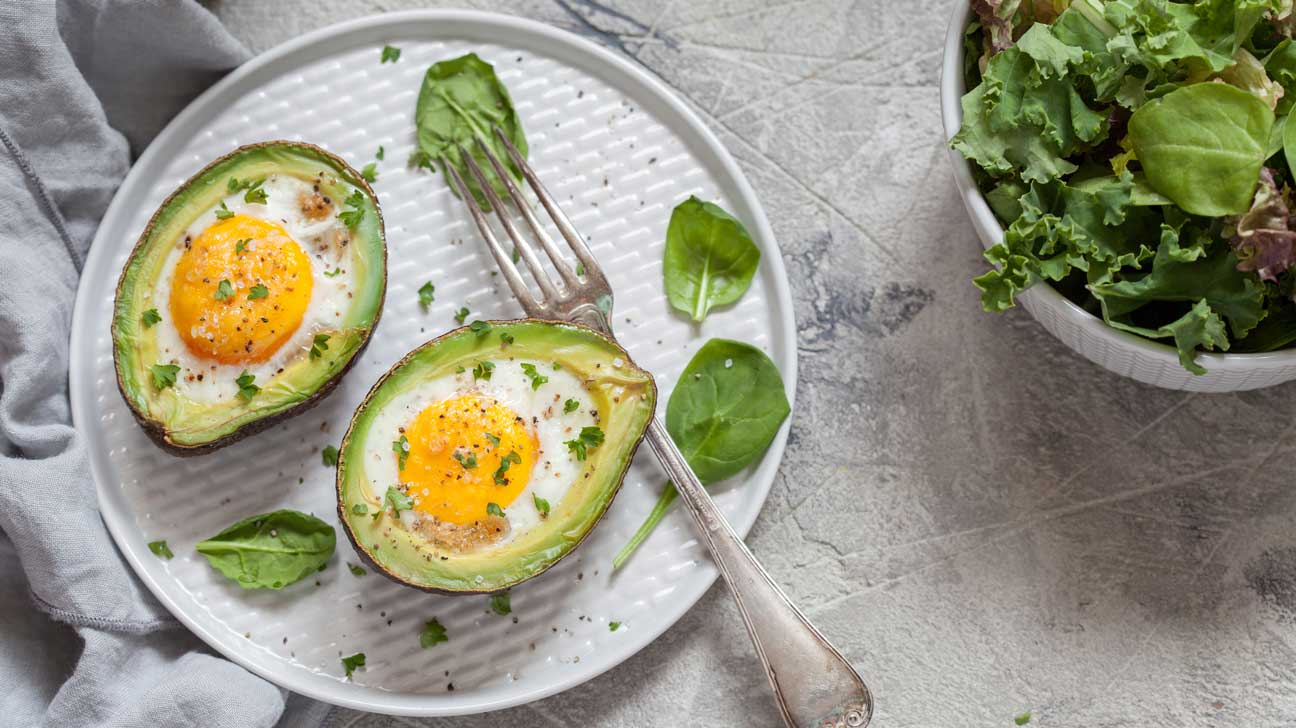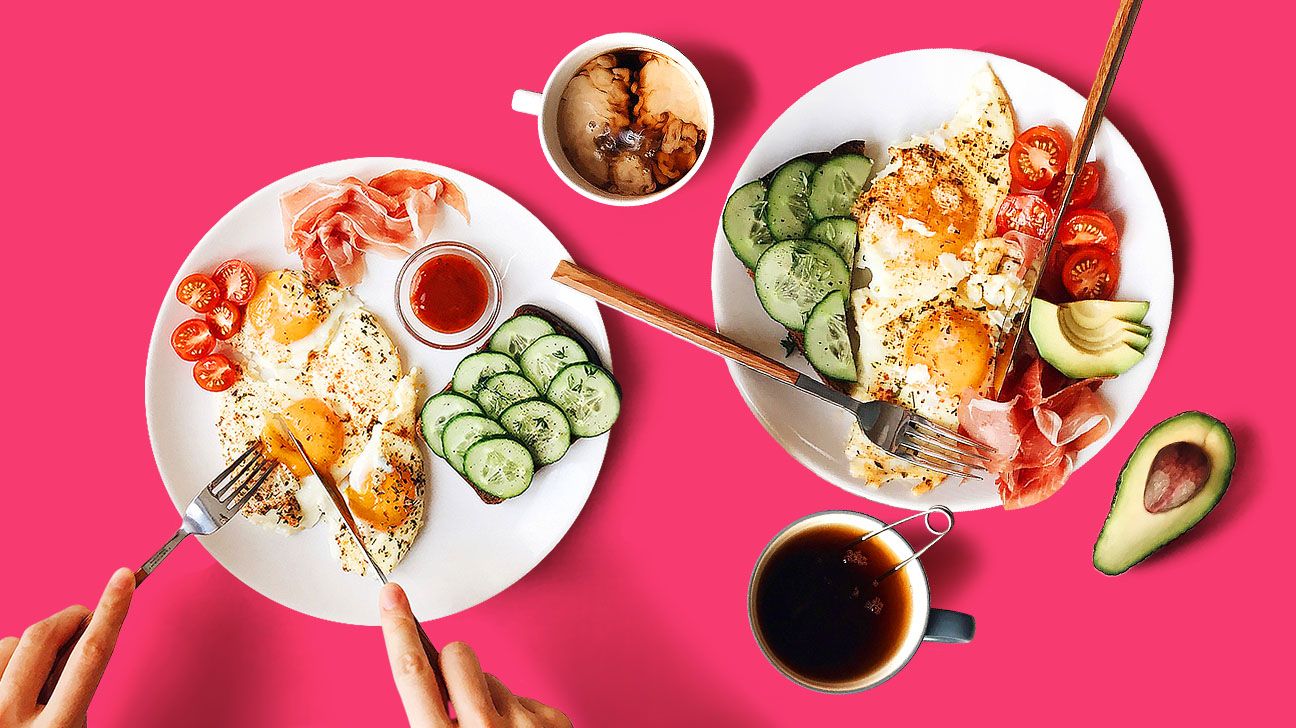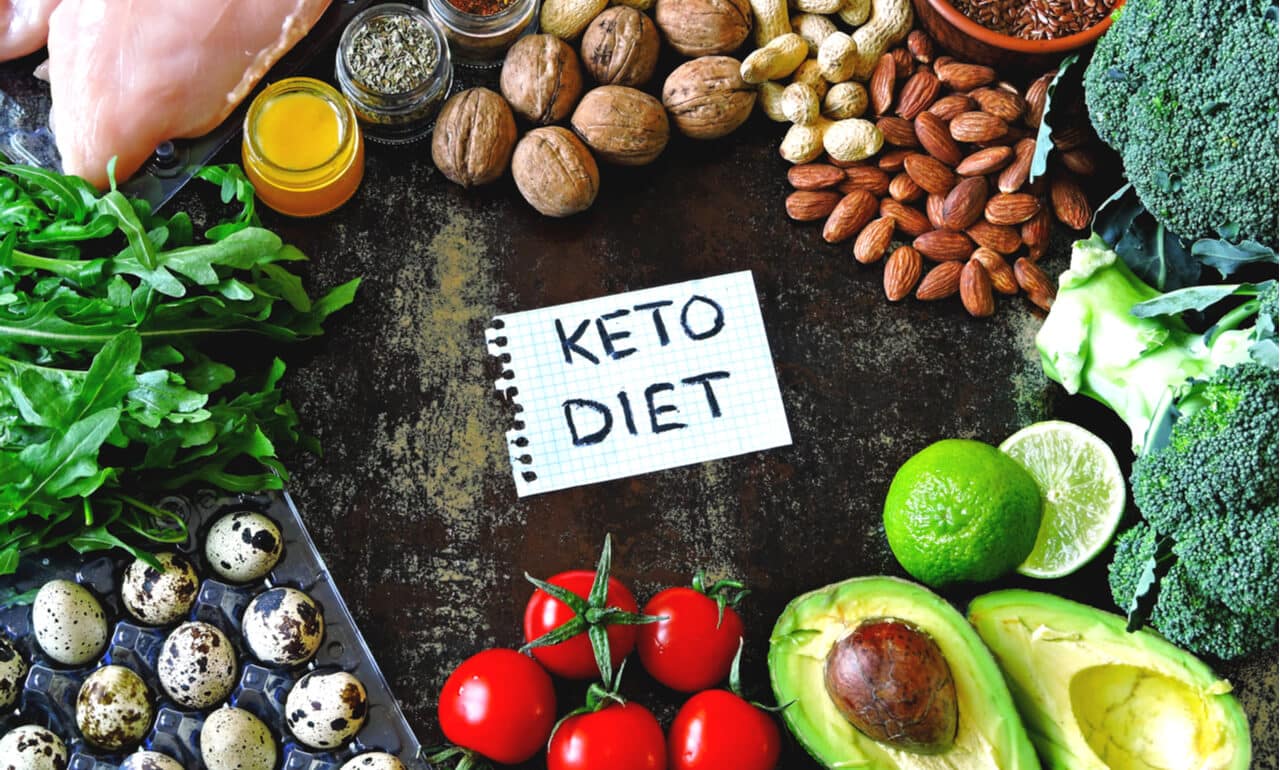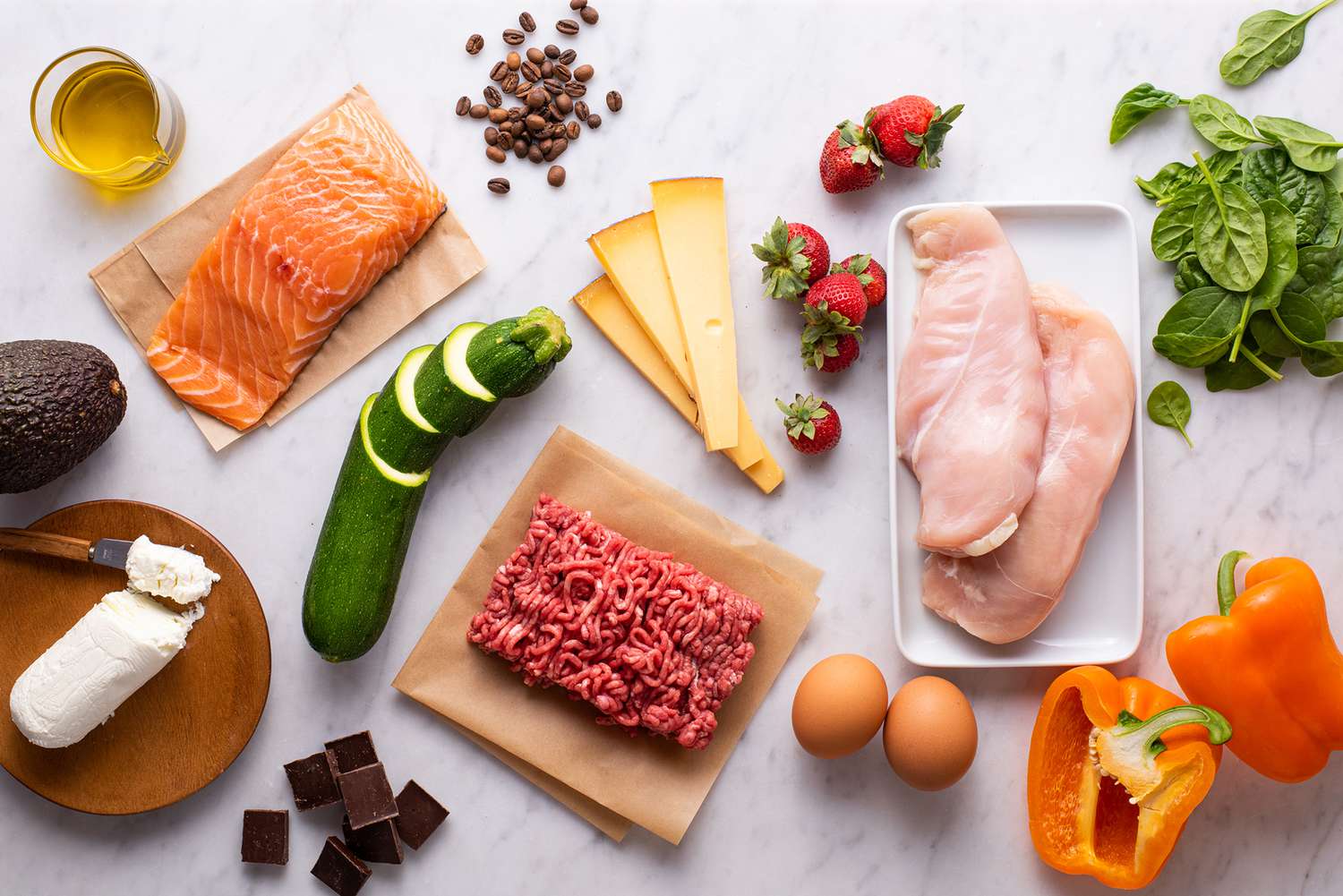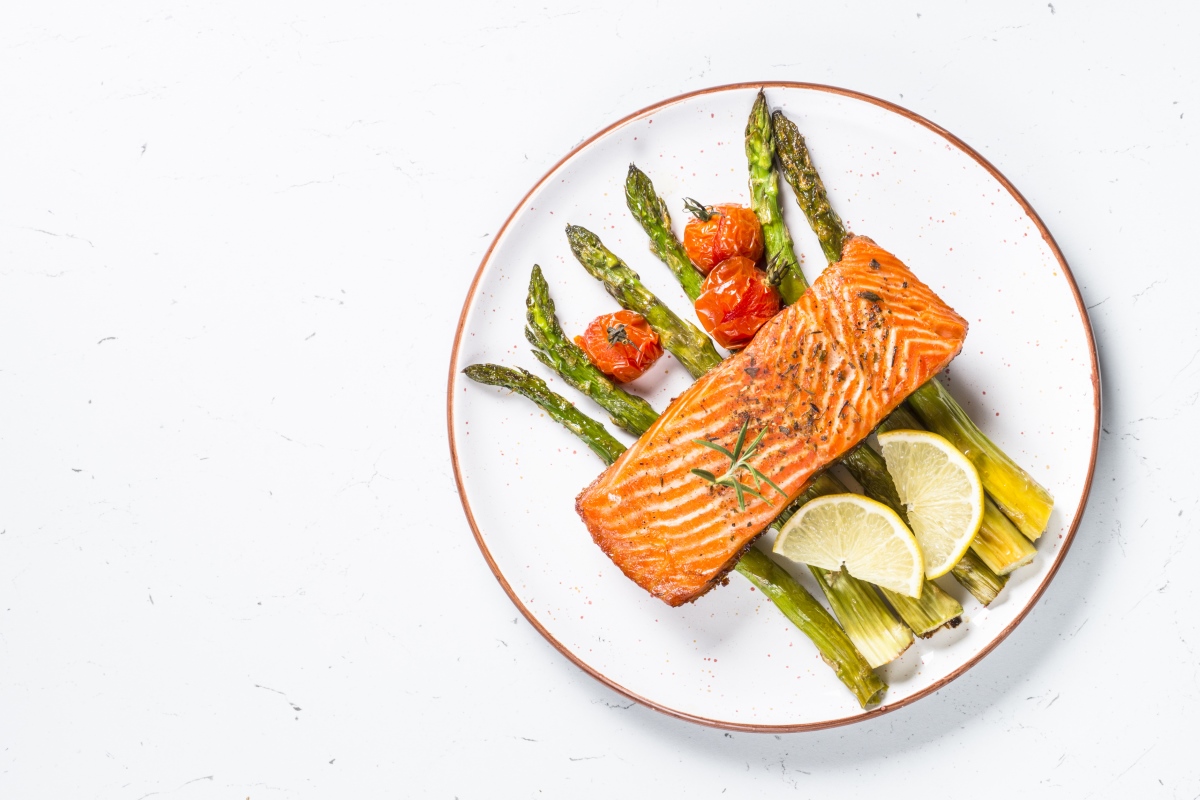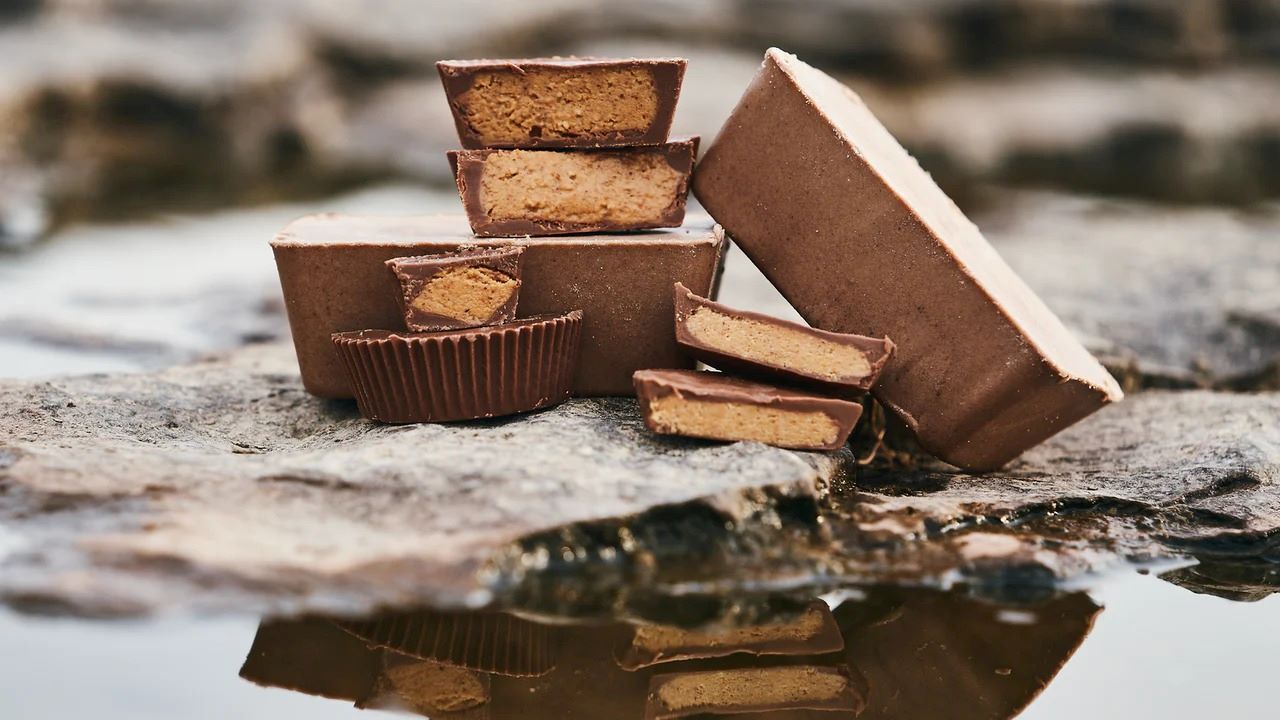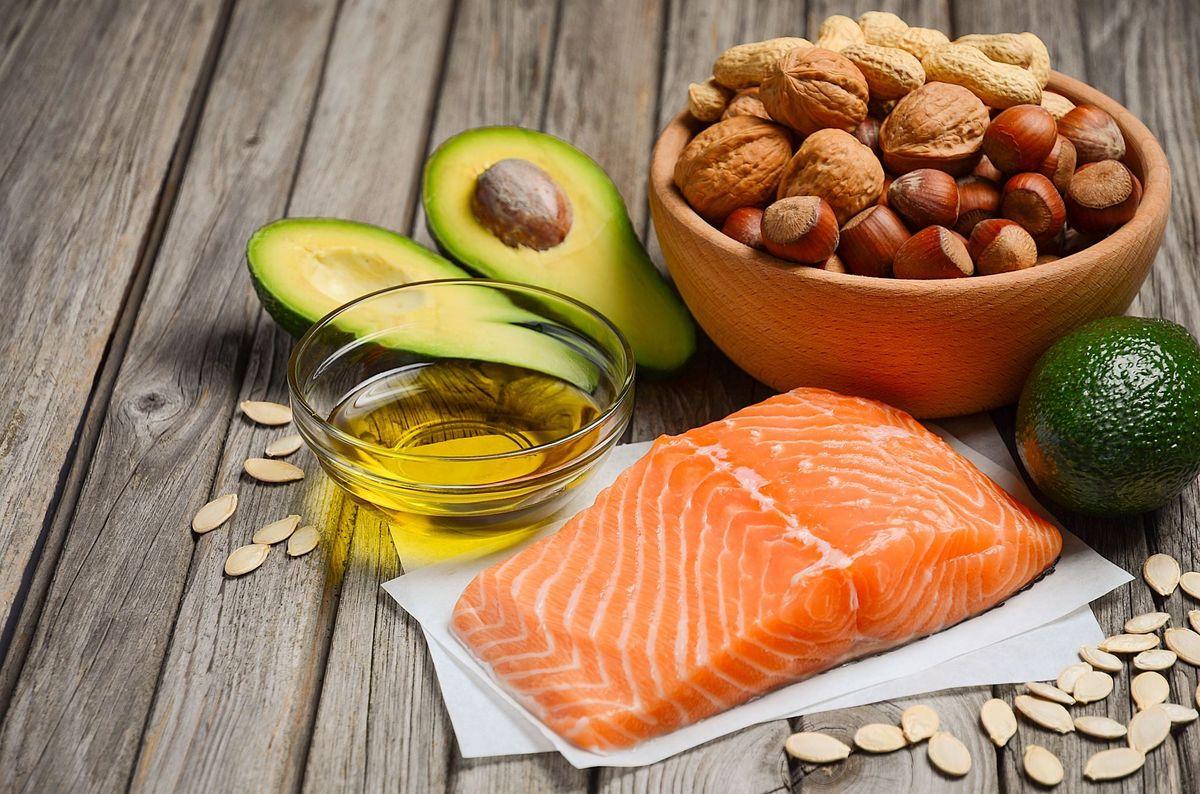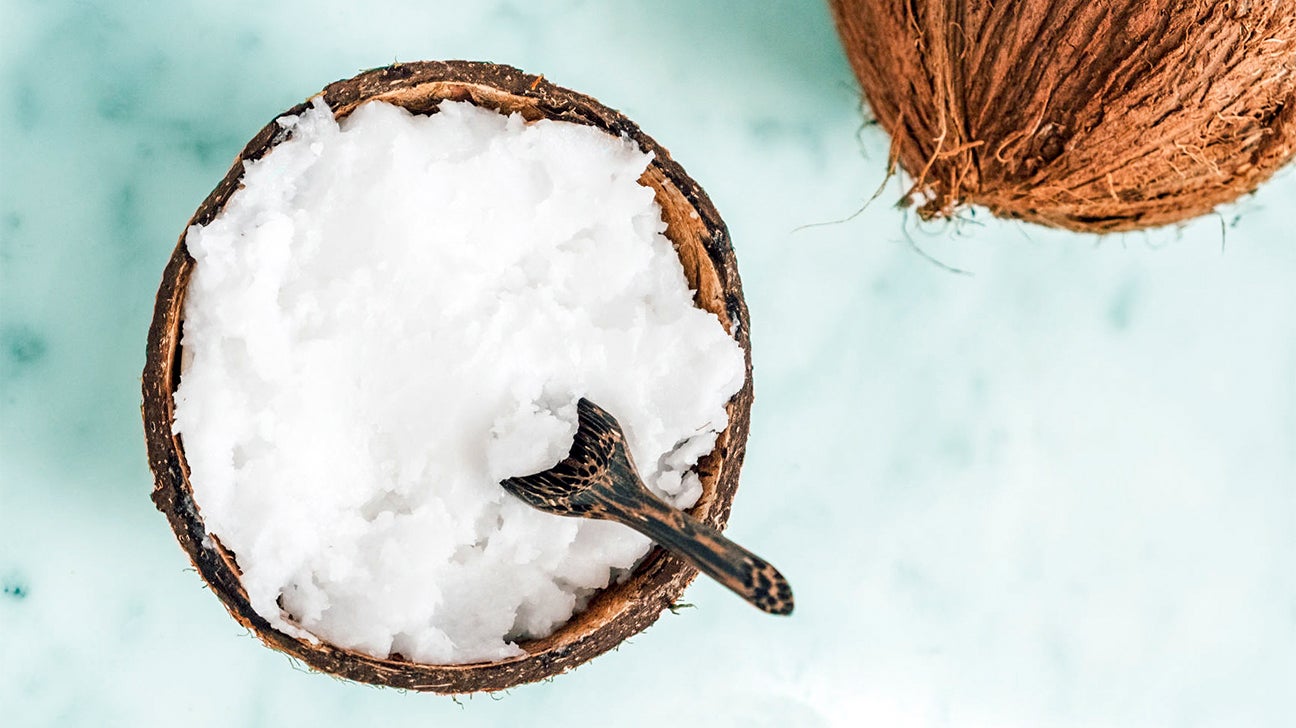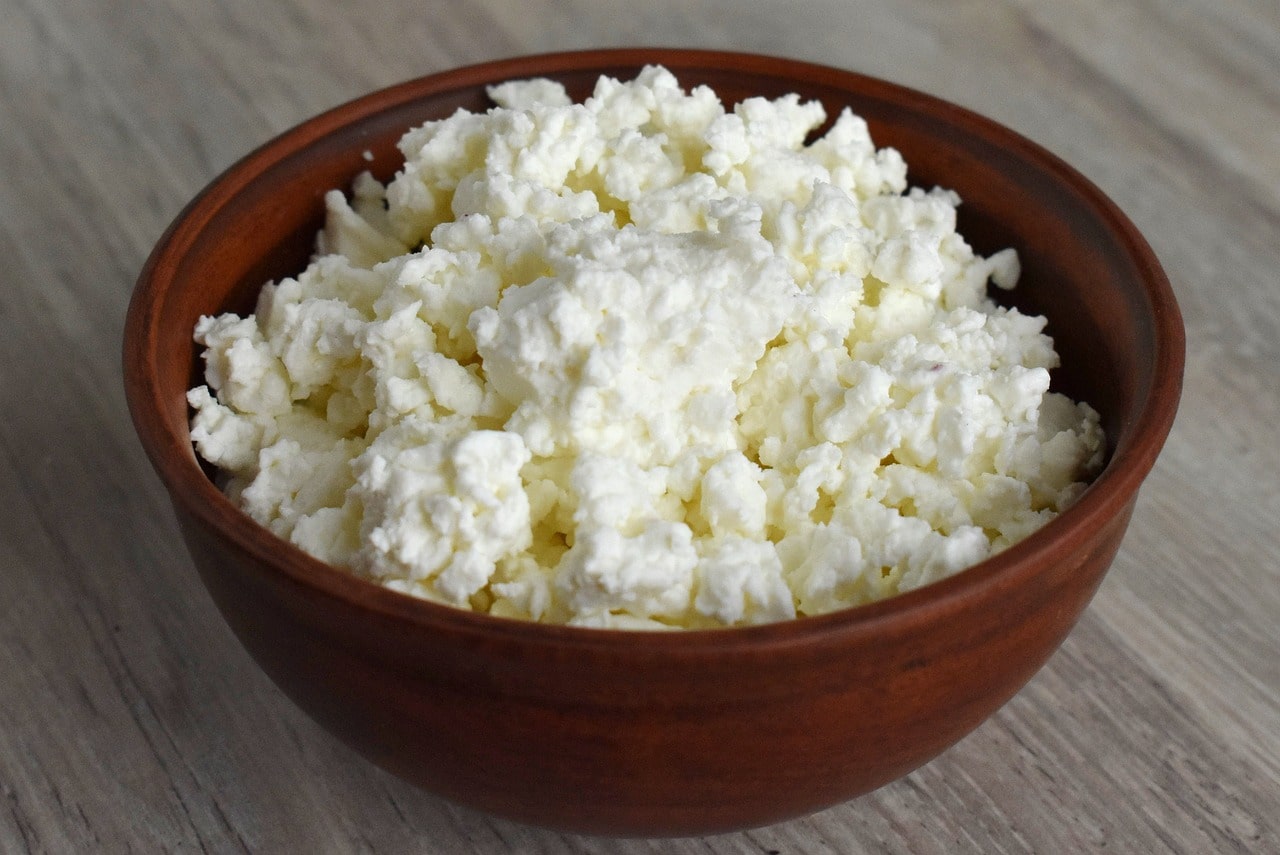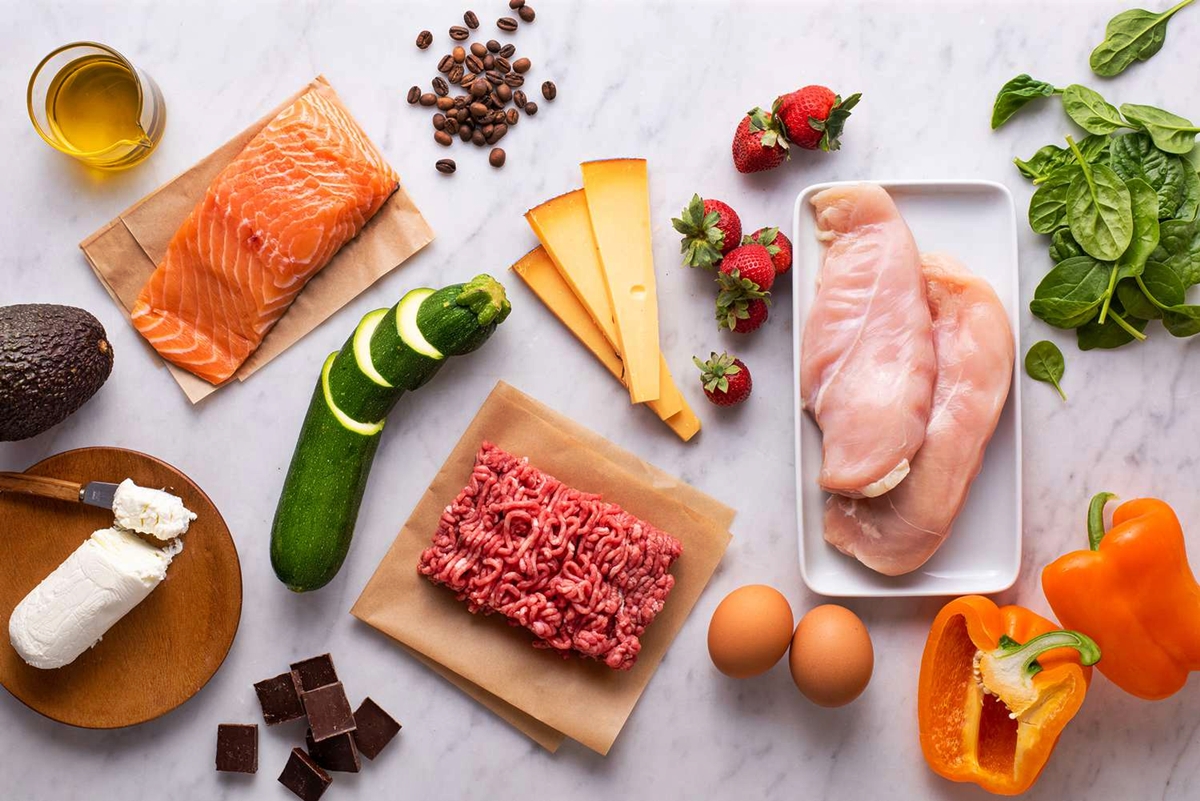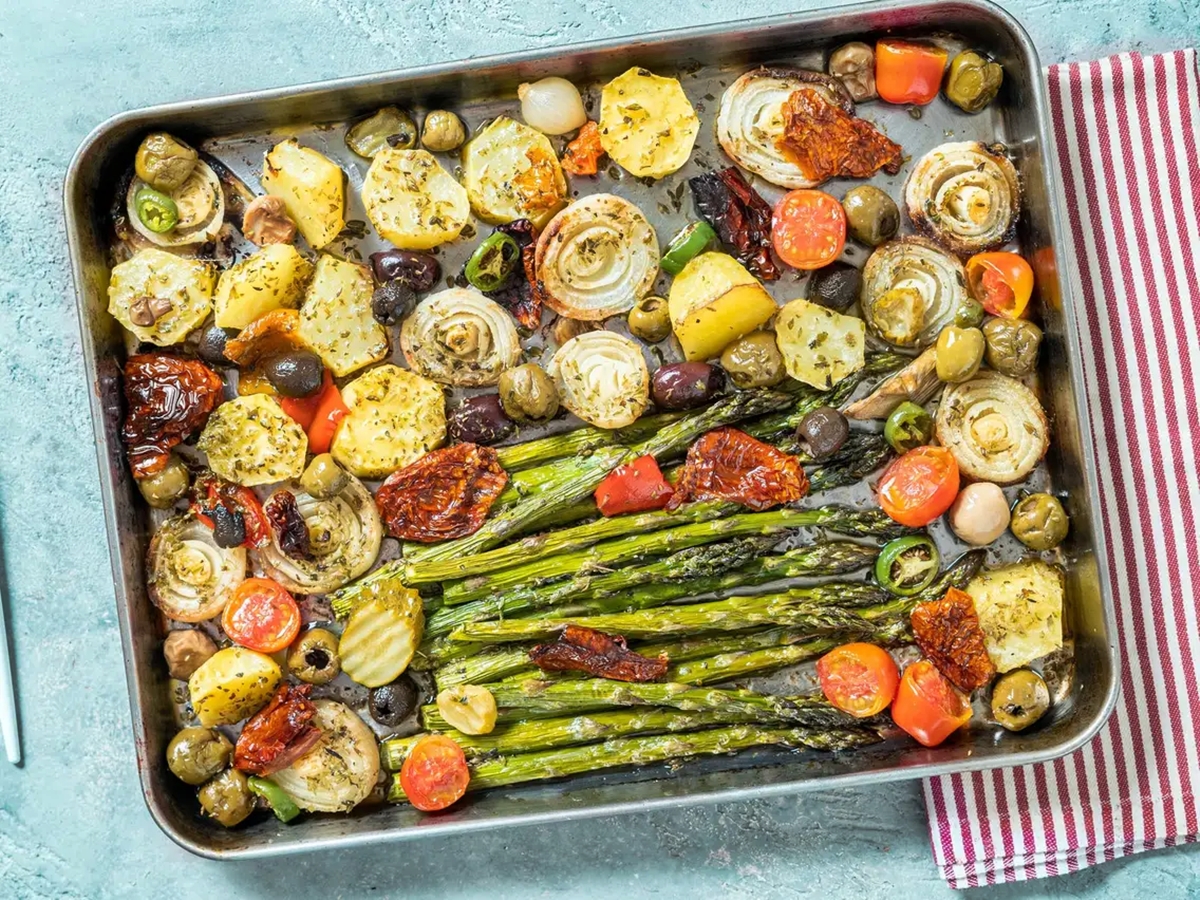How to Enjoy Low-Calorie Meals on a Ketogenic Diet
Following a ketogenic diet can be a great way to achieve weight loss and improve overall health. This high-fat, low-carb eating plan can help the body enter a state of ketosis, where it burns fat for fuel. However, some individuals may find it challenging to keep their calorie intake in check while following a ketogenic diet. Fortunately, there are several strategies to enjoy low-calorie meals without compromising the principles of the ketogenic diet.
Focus on High-Fiber Vegetables
When aiming to reduce calorie intake on a ketogenic diet, it’s essential to prioritize high-fiber vegetables. These nutrient-dense foods not only provide essential vitamins and minerals but also contribute to a feeling of fullness, making it easier to control portion sizes. Leafy greens such as spinach, kale, and Swiss chard are excellent choices, as they are low in calories and high in fiber. Other low-calorie, high-fiber options include broccoli, cauliflower, zucchini, and bell peppers.
Incorporate Lean Protein Sources
While the ketogenic diet is known for its emphasis on healthy fats, it’s important to include lean sources of protein to help manage calorie intake. Skinless poultry, fish, and tofu are excellent choices for those looking to reduce their calorie consumption while still meeting their protein needs. These options provide essential nutrients without the added calories found in fattier cuts of meat.
Choose Healthy Fats Wisely
While fats are a cornerstone of the ketogenic diet, it’s crucial to be mindful of portion sizes, especially when aiming to reduce calorie intake. Opt for healthy fats such as avocado, olive oil, and nuts in moderation. These sources of fat provide essential nutrients and can help keep you feeling satisfied without consuming excess calories.
Practice Portion Control
Controlling portion sizes is key to managing calorie intake on any diet, including the ketogenic diet. Using smaller plates, measuring food portions, and being mindful of serving sizes can help prevent overeating and ensure that you stay within your calorie goals. Additionally, taking the time to eat slowly and savor each bite can help you feel more satisfied with smaller portions.
Stay Hydrated
Drinking an adequate amount of water throughout the day can help manage hunger and prevent overeating. Sometimes, feelings of hunger can be mistaken for thirst, so staying hydrated is essential for controlling calorie intake. Herbal teas and infused water can also be great options for staying hydrated while adding variety to your beverages.
Plan and Prepare Meals in Advance
Planning and preparing meals in advance can help you make mindful choices and avoid impulsive, high-calorie food decisions. By having healthy, low-calorie options readily available, you can stay on track with your ketogenic diet goals while managing your calorie intake effectively.
Conclusion
Following a ketogenic diet while keeping calorie intake low is achievable with the right strategies. By focusing on high-fiber vegetables, incorporating lean protein sources, choosing healthy fats wisely, practicing portion control, staying hydrated, and planning meals in advance, you can enjoy the benefits of a ketogenic diet while managing your calorie intake effectively. Remember, it’s essential to listen to your body’s hunger and fullness cues and make adjustments to your diet as needed to support your overall health and well-being.
